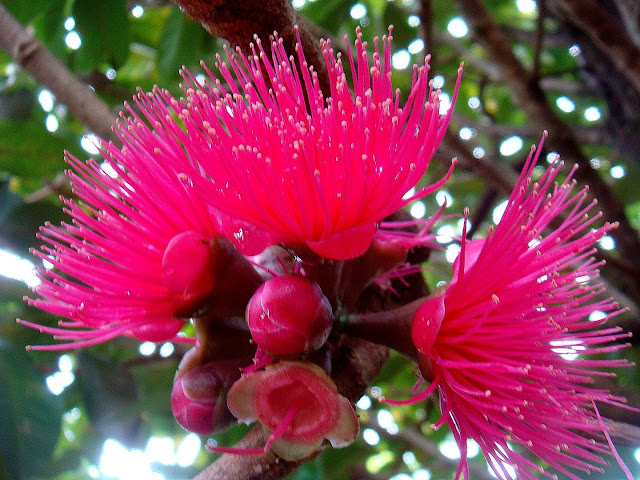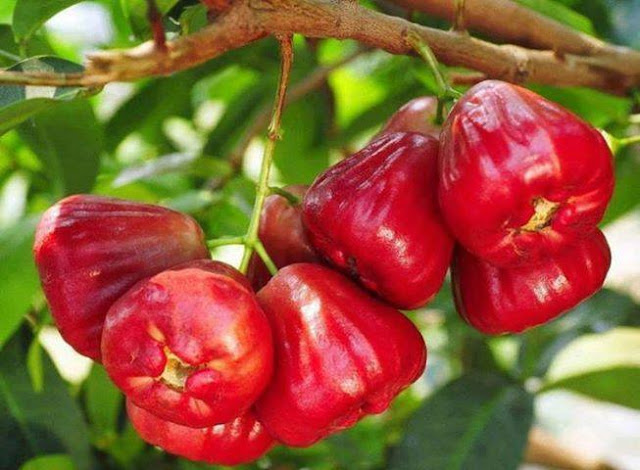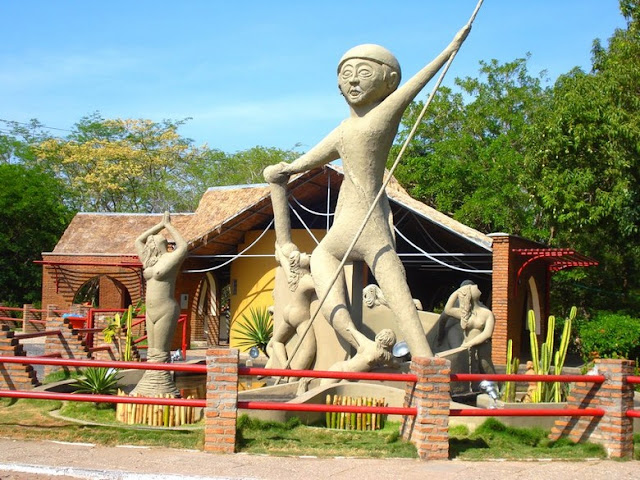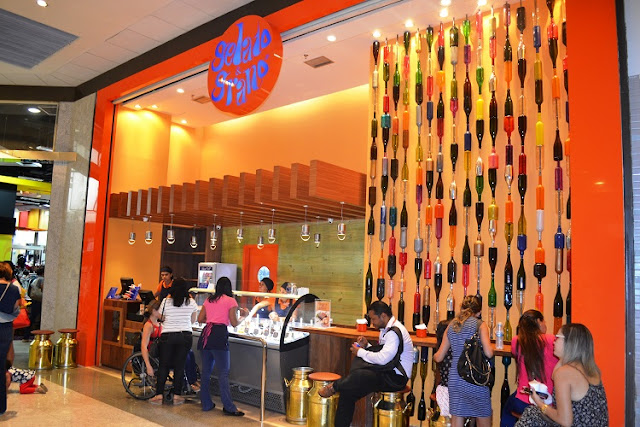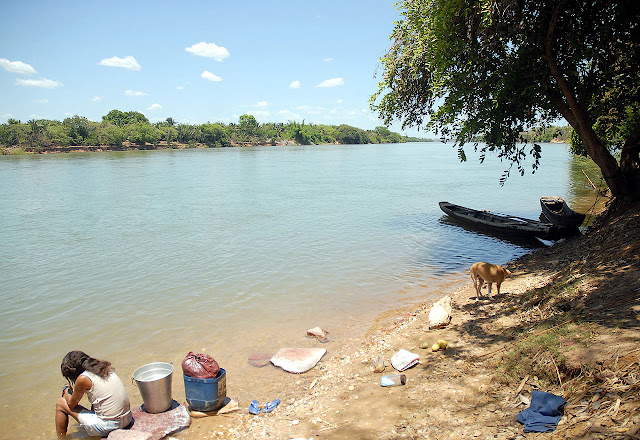Many of the numerous rock shelters in the Serra da Capivara National Park are decorated with cave paintings, some more than 25,000 years old. They are an outstanding testimony to one of the oldest human communities of South America.
The Park covers nearly 129, 140 hectares and has a circumference of 214 kilometres. It is situated in the morphoclimatic zone of the Brazilian Caatinga, distinguished by the multiplicity of plant formations typical of the semi-arid regions of Northeast Brazil. The region’s plant species are primarily characterized by the loss of most of their leaves during the dry season, extending from May to December, serving to lend the landscape its silver hue. The region borders two major geological formations – the Maranhão-Piauí sediment basin and the peripheral depression of the São Francisco River – and is endowed with a diversity of relief vegetation and landscapes of breathtaking beauty and dotted with exceptional vistas of the surrounding valleys, mountains, and plains.
The area houses one of the most important archaeological sites in the Americas containing evidence and artefacts that have forced a sweeping re-evaluation of the fundamental traditional theories underpinning the origins of human settlement in the Americas.
Over 300 archaeological sites have been found within the park, the majority consisting of rock and wall paintings dating from 50,000-30,000 years Before Present. Many of the numerous rock shelters in the Serra da Capivara National Park are decorated with rock paintings, some more than 25,000 years old. The analyses and dating of the evidence and artefacts found in the Serra da Capivara National Park serve to confirm the millennial presence of human beings on the American continent and the importance of the heritage. (source: unesco). It became a World Heritage Site in 1991. Its head archaeologist is Niède Guidon. Its best known archaeological site is Pedra Furada.
WHEN TO GO
In any season one can visit the Serra da Capivara National Park. The landscapes of the rainy season (locally called "winter") and dry season (locally called "summer") provide different experiences of environmental colors and the flora and fauna adaptations to life in the Caatinga. From January to July the weather is mild and the vegetation has leaves and flowers, providing a more shaded area for hiking. After the rains, one can observe temporary waterfalls along the escarpment. In May and June the vegetation gets red, yellow and brown hues announcing the loss of leaves. From August to November is the hottest time of the year and most of the vegetation has no leaves.
GETTING AROUND
The park administration is headquartered in São Raimundo Nonato/PI, which is 26 km far from the access to Guardhouse Boqueirão da Pedra Furada and 19 km from the access to Guardhouse Serra Vermelha, both in the National Park's boundaries.
ACCESS:
The best way to get to Serra da Capivara National Park is to go by plane to Petrolina/PE, and from there go about 300km to São Raimundo Nonato. The airport of Sao Raimundo Nonato is under construction, but the aistrip already receives small aircraft.
There is currently no public transportation from São Raimundo Nonato or Coronel José Dias to the park's entrances.
Source: bnbparks
Photos: Google
 |
| Tamanduá, photo André Pessoa |














